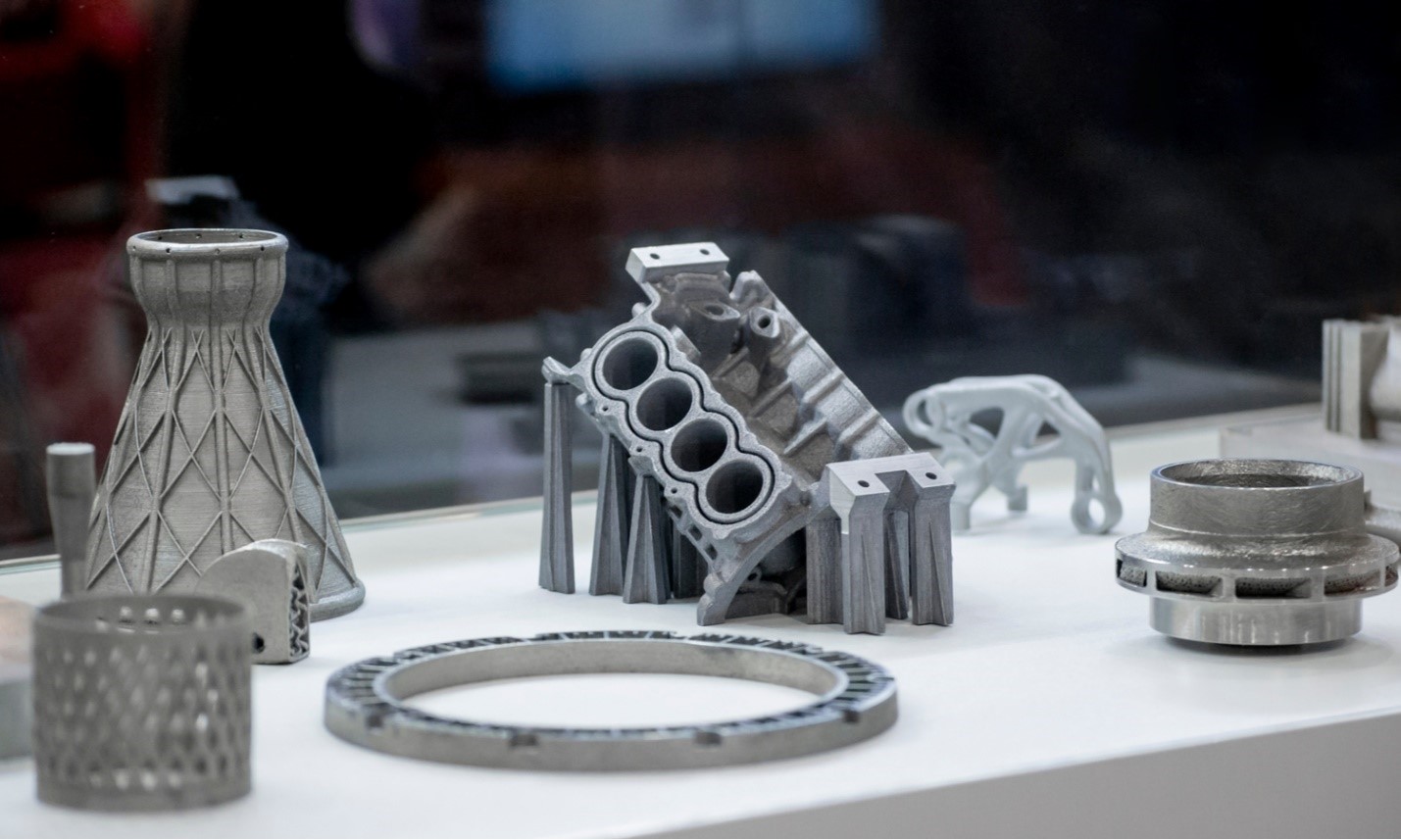In the manufacturing world, Selective Laser Sintering (SLS) 3D printing has become extremely popular, especially for creating intricate geometries that are challenging, if not impossible, to accomplish with conventional manufacturing techniques. When developing complex parts for use in the automotive, medical, or aerospace industries, SLS 3D printing provides unmatched accuracy and versatility. Here are five factors that make SLS 3D printing the preferred method for intricate geometry.

Unmatched Design Freedom
In contrast to traditional manufacturing techniques such as injection molding, which frequently necessitate the development of molds and dies, SLS 3D printing enables the direct production of items with complicated and detailed geometries from digital designs. This means that designers are no longer restricted by the limitations of mold-making and the requirement for intricate assembly procedures. For example, SLS 3D printing makes it possible to create parts with internal channels or lattice structures that are not possible to fabricate with injection mold in China.
No Need for Support Structures
Support structures are needed in many 3D printing technologies to sustain complex or overhanging elements while they are being printed. SLS 3D printing, however, doesn't have this requirement. Without requiring extra support structures, complicated shapes can be created with the unsintered powder that surrounds the printed product. This makes the post-processing procedures easier to handle while still allowing for the creation of complex shapes without sacrificing structural integrity or quality.
High Precision and Accuracy
When creating complex shapes, SLS 3D printing offers exceptional precision and accuracy. Parts with fine details and tight tolerances are produced by layer-by-layer sintering of powdered material using a laser. In industries like aerospace and healthcare, where even minor design variations can have serious consequences, this level of precision is especially crucial. Regardless of how complicated the original design was, SLS 3D printing guarantees that the finished product will match it.
Material Versatility
Numerous materials, such as nylon, polyamides, and other engineering-grade polymers, can be processed using SLS technology. These materials are ideal for demanding applications because of their superior mechanical qualities, which include strength, flexibility, and heat resistance. Furthermore, the ability to combine many materials into a single print makes it possible to create parts with a range of characteristics, which expands the potential for design.
Cost-Effectiveness for Low-Volume Production
Because of the expenses involved in creating a mold, traditional manufacturing techniques can be unaffordable for low-volume productions even though they are cost-effective for high-volume output. In contrast, SLS 3D printing is very affordable for small-scale manufacturing because it doesn't need any molds or tools. For the production of prototypes, customized parts, or small batches of intricate components, it can be the perfect choice. Further adding to the overall cost savings is the decrease in post-processing time and material waste.
To sum up
SLS 3D printing provides a dependable and effective solution, regardless of the industry you work in—aerospace, healthcare, or any other that requires complex and accurate components. As technology continues to evolve, its applications and benefits will only continue to grow, making it a cornerstone of modern manufacturing.
















